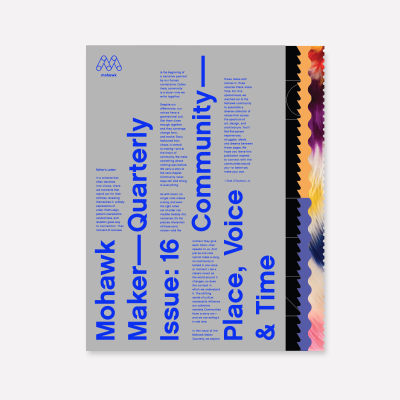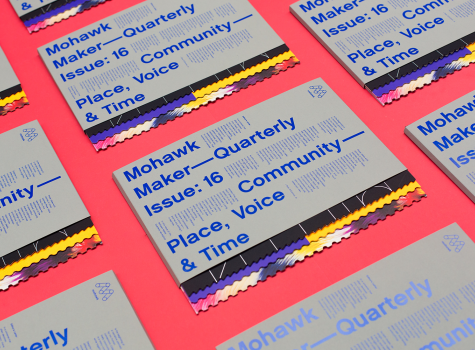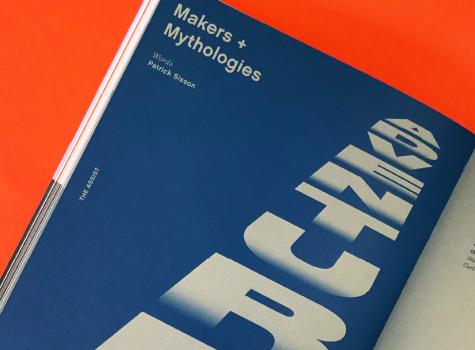Suits for All Sizes
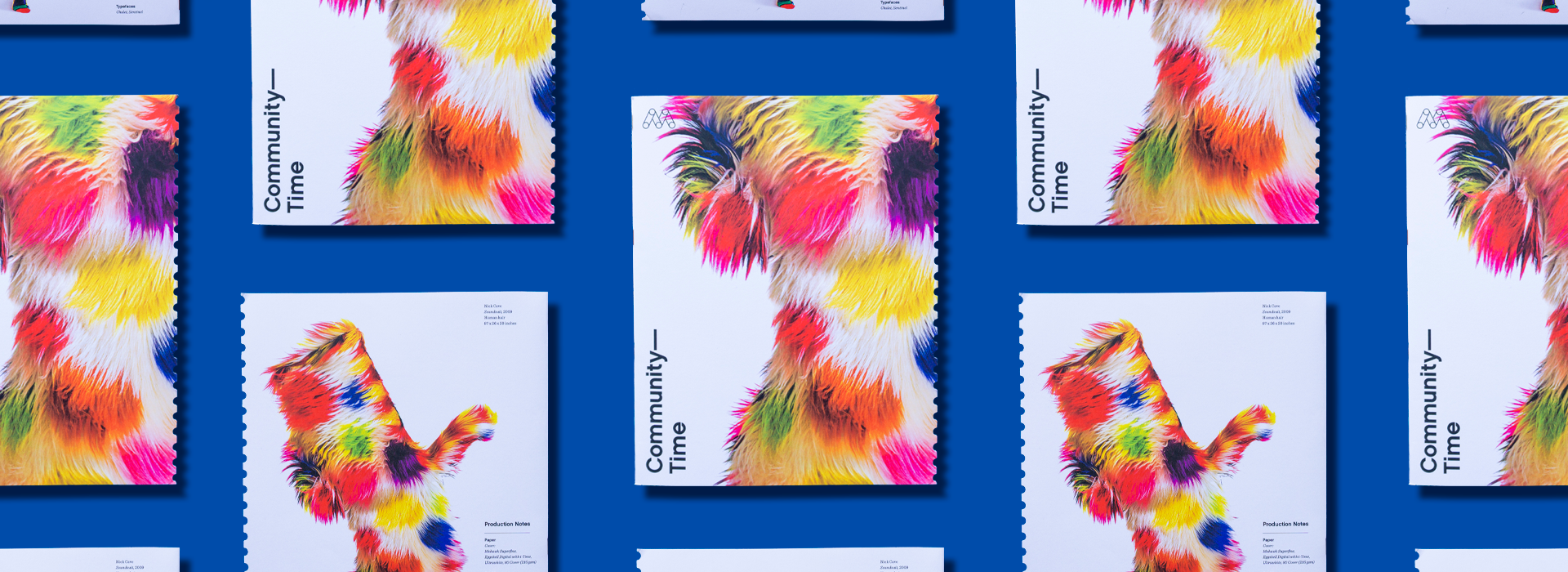
Chicago-based visual-performance artist Nick Cave is known for his Soundsuits—vibrant pieces made from thrift store materials that can be worn like alien skin. They transform the wearer, obscuring race, class, gender, and individual perspective.
Describe the experience of wearing a Soundsuit.
People assume it’s easy, but it’s not. I take wearers through an exercise, asking them to describe a suit before putting it on: its materiality, what it weighs, how large it is. I want them to talk through the description—touch it, maybe pick it up, feel its density and weight. Then we go into the process of transformation—surrendering and becoming something other. You put on the suit and sit in it, and at that moment, identity, gender, and race no longer exist. It’s all hidden. Next we start to move, and there may be restrictions in terms of motion, or due to the weight of the suit. Or once you move in it and expand, it may create this massive amount of volume. It varies. It’s about connecting with this sense of transformation and what that means.
How does an observer see someone who’s wearing the suit?
The person on the outside is looking at a hybrid. There may be some similarities or cultural references to ceremonial dress, but the suit asks how you stand with something “other” and accept something “other,” something different. It asks us all—including the wearer—those questions that are important in my practice.
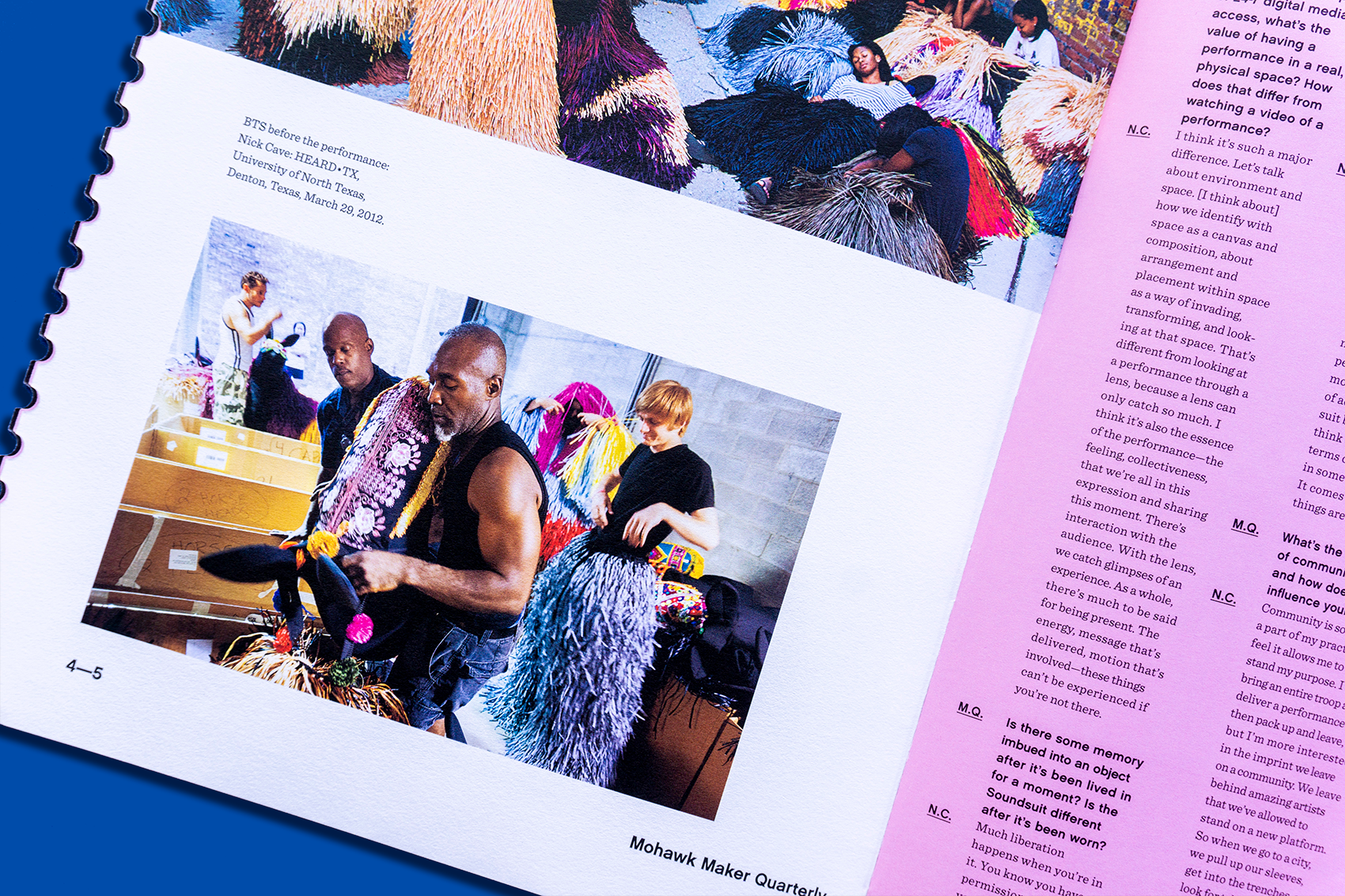
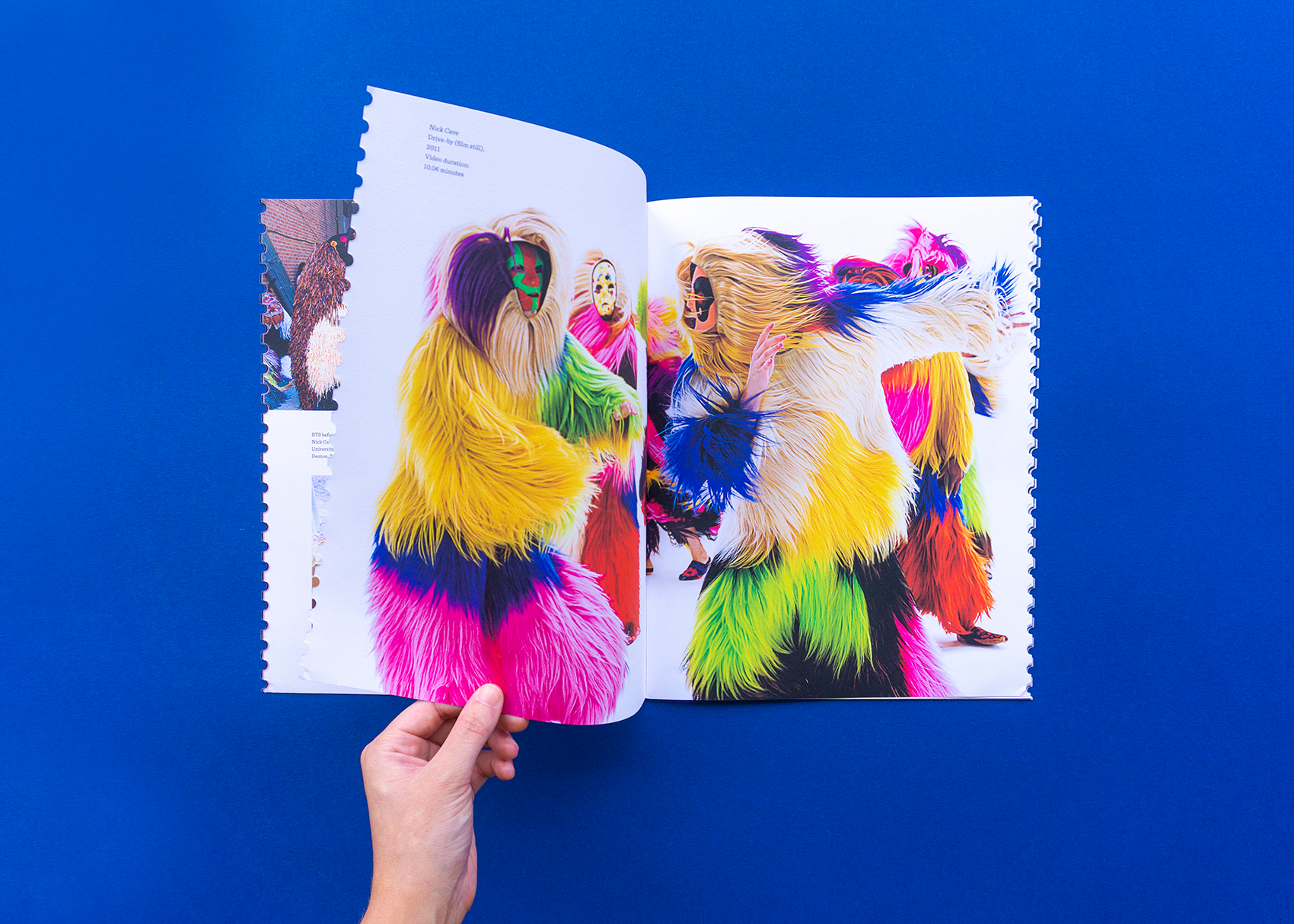
You’ve spoken before about creating a space of possibility. What potential do you see in creating that space of possibility—how can that influence the broader society?What’s the potential?
It’s two things. First, it’s about common ground. The Park Avenue Armory project and The Let Go project were about, “How do we create these safe spaces where we can put our emotions?” I come from a movement background, and that’s how I deal with things, [that’s howI]work it out, on the dance floor. To create that kind of space for everyone who’s interested in participating, and invite corporate or civic organizations to bring their work force into Let Go and just be able to dance—I don’t know you, and yet here we are in this common space—and express ourselves without judgment, it’s very interesting to me.
At the same time, it’s providing platforms for artists. I did a project in Shreveport where I met incredible musicians, vocalists, and spoken-word artists who [typically] work with an audience of 800, maybe 1,000. To create a project where they have an audience of 8,000 changes how they’ll move forward. That’s what possibility is about. It’s being placed in these extraordinary opportunities that allow you to see yourself in the world differently.
This article was originally published in Issue 16 of the Mohawk Maker Quarterly. The Mohawk Maker Quarterly is a vehicle to support a community of like-minded makers. Content focuses on stories of small manufacturers, artisans, printers, designers, and artists who are making their way in the midst of the digital revolution. Learn more about the quarterly here.
Suggested Articles
Nothing is created in a vacuum. Our community—the always-evolving context of our physical, social, and emotional lives—has everything to do with how we make and view art.
Stories do more than allow us to share our past. They can be the building blocks needed to shape and construct our future.




















